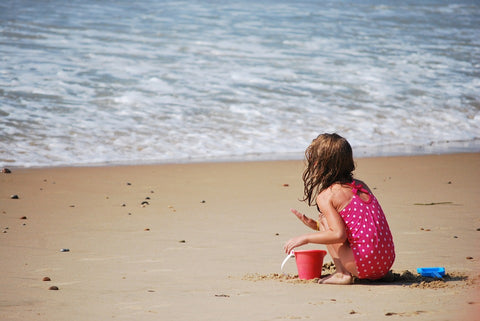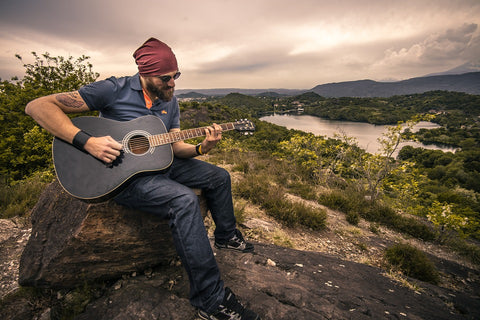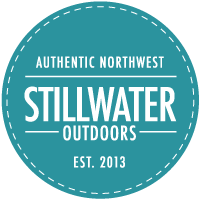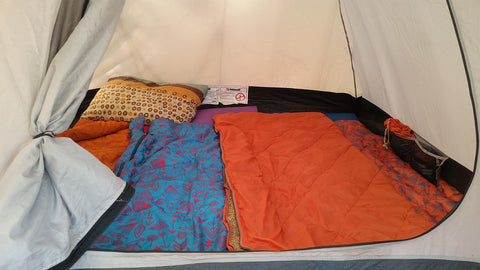There is a lot of planning involved when going camping. What gear should you bring? Do you have enough food? What about clothes? It's easy to get lost in the chaos of planning what to bring and completely forget about another vital aspect of camping ...
What are you going to do when you get there?
Now some of you may be spontaneous and plan to improvise activities along the way, and that's fine, but even for those on-the-fly campers it's a good idea to have a few backup ideas planned out ahead of time. If the weather changes, for instance, and you find yourselves confined to the tent, having a set of cards or a board game available may make all the difference.
Today, we would like to cover some of the activities that you and your family and/or friends can do while camping. While choosing activities, keep in mind the ages of those camping, their skill levels, their interests, as well as things like cost or accessibility.

Water Activities
If water is easily accessible at or near your campsite, you should definitely consider how you plan to utilize it. Swimming is a classic camping activity and many campgrounds have beaches, which may or may not have lifeguards on duty. Plan ahead and bring appropriate PDFs for kids while swimming, for everyone while enjoying boating activities, and for your pets if they will be joining you on the water. Ask at the check-in desk for information about rentals if you don't have canoes, SUPs, or kayaks of your own.
- Swimming
- Canoeing, Kayaking, or SUPing
- Boating
- Personal Watercraft (Jet Skis)
- Skiing, Knee-boarding, or Wakeboarding
- White-water Rafting
- Sandcastle Building
- Snorkeling
- Fishing
- Water Sponge Fight*
* Instead of water balloons, which make a mess, why not use sponges instead? In my family, we cut a few sponges into strips, line them up side-by-side, and tie the strips together in the middle to create a "sponge ball" that can be reused again and again. More fun, less mess.

Adventure Activities
For those camping at primitive sites or off-grid areas, your campsite might not have much to offer in the way of activities. You can still fill your camping trip with plenty of exciting adventures. Just make sure to be safe, plan ahead, and bring appropriate gear.
- Biking
- Horseback Riding
- Hiking
- Wildlife Viewing
- Rock/Mountain Climbing
- Nature Scavenger Hunt
- Wildlife Art/Painting
- Photography
- Map Making
- Geocaching (see earlier post to learn more)
Tent Activities
No matter how well you plan, Mother Nature doesn't always cooperate and there are times when you may find your fun-filled weekend cut short by a rainstorm. That doesn't have to mean the end of your fun, however, and if you plan ahead even those rainy days can produce some amazing memories.
- Cards
- Board Games
- Stories
- Coloring/Crafts
- Puzzles
- Reading
- Play Music/Sing
Campsite Activities
Sometimes it's nice to stick close to the tent rather than travel to an activity. Be sure to avoid entering other campsites or disturbing other campers.
- Hide-and-Seek
- Tag
- Play Catch
- Have a Friendly Competition
- Limbo
- Yoga*
- Drawing in the Dirt
- Treasure Hunt
- Bug Hunt
- Painting/Nature Crafts
* Get the whole family involved by taking turns creating new poses inspired by things found in nature.

Nighttime Activities
While camping, don't think the fun has to end when the sun goes down. Besides the classics, like making s'mores and telling ghost stories, there are plenty of other family fun activities to do after dark. Just be sure to follow any quiet hours your campground has in place and remember to be careful exploring the dark as it is easy to get lost.
- Stargaze
- Build a Fire
- Tell Stories
- Sing/Play Instrument
- Capture the Flag
- Shadow Puppets
- Hide-and-Seek/Sardines
We hope that this list gives you a few new ideas for your next camping trip and helps you to create fun-filled memories that last a lifetime. Have fun and get camping!

















